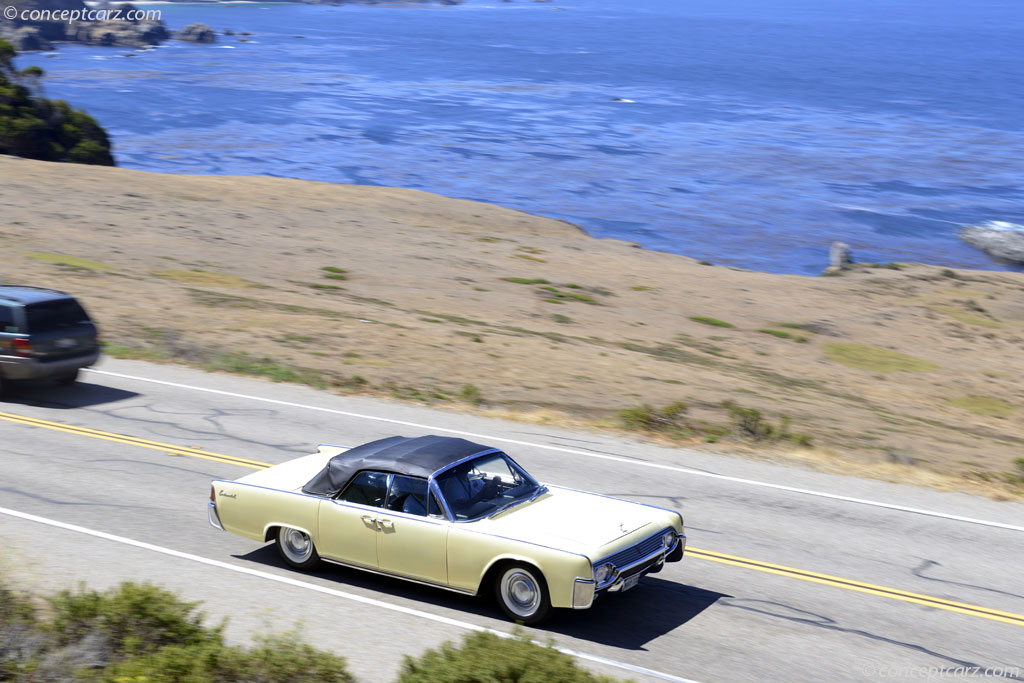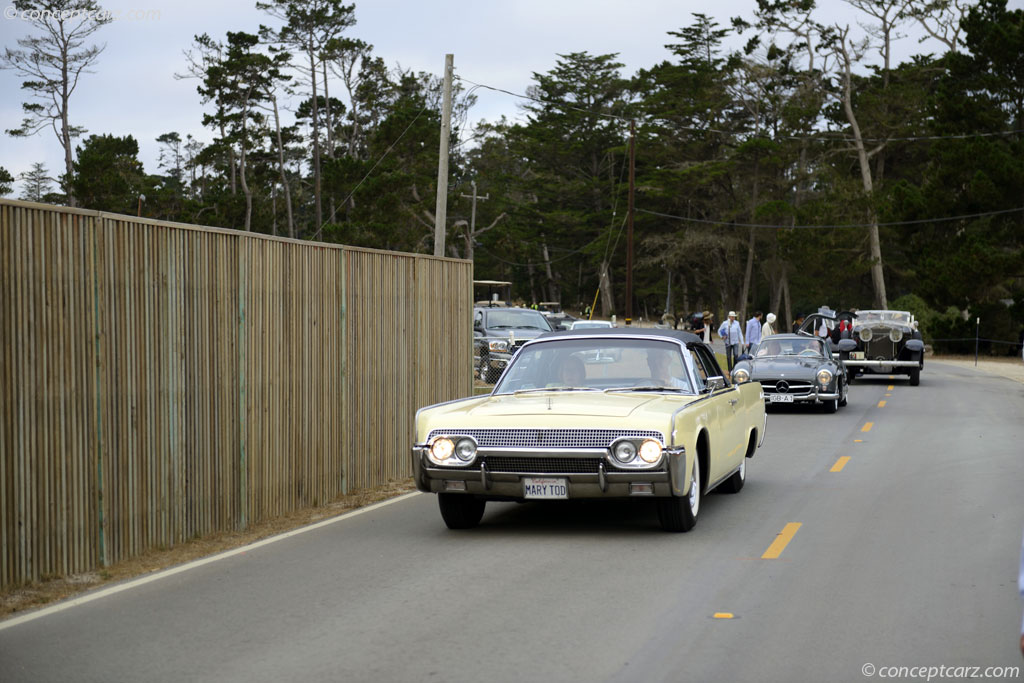The 1961 Lincoln Continental Convertible emerged from a visionary Thunderbird design exercise led by Elwood P. Engel of Ford in August 1958. As Lincoln took charge of the Thunderbird project, the 1961 Lincoln Continental was born, with minimal alterations. With its shortened overall length compared to the previous 1960 model, the new Continental quickly established itself as a standard for style and refinement. The car’s sleek, blade-like silhouette and understated elegance defied conventional notions of luxury, solidifying its position as an enduring icon of automotive design. Furthermore, Lincoln ensured the highest quality by subjecting each vehicle to a rigorous road test and providing a two-year, 24,000-mile warranty.
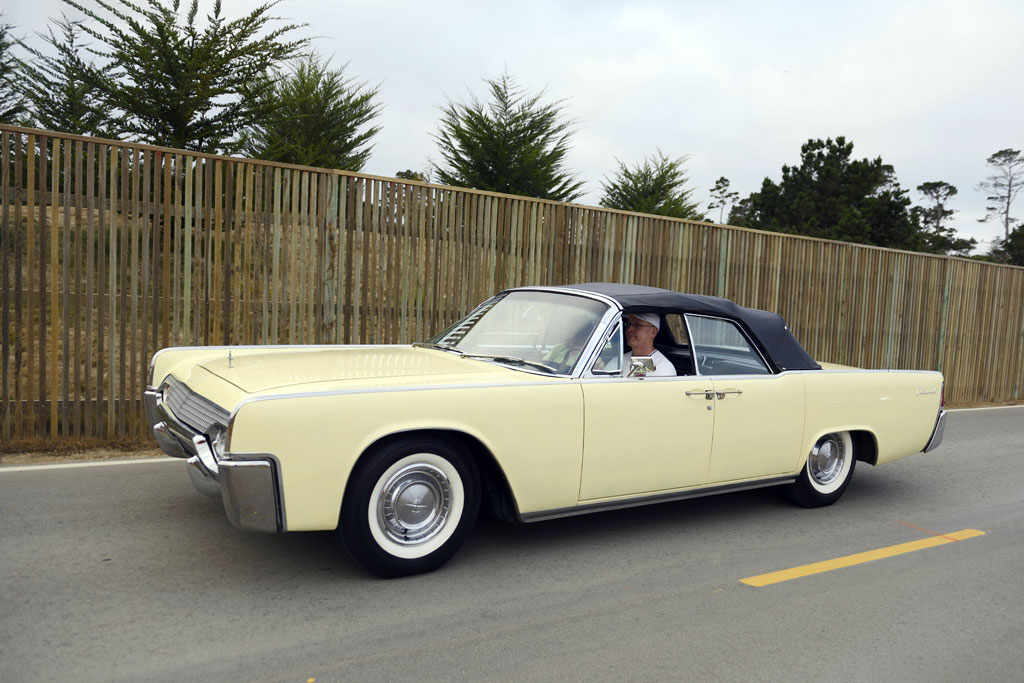
The Birth and Resurgence of the Lincoln Continental:
The lineage of the Lincoln Continental traces back to 1939 when Edsel Ford, during a vacation in Florida, commissioned Eugene Gregorieto to craft a custom automobile. Starting with a Lincoln Zephyr as the base, Gregorie designed a vehicle characterized by a swept-back grille, a long hood, a short trunk, a covered rear-mounted spare tire, a folding full cabriolet top, and a powerful V12 engine. This exceptional automobile, built by hand at Ford, amazed Edsel’s affluent friends to such an extent that he sent a telegram to Ford Headquarters, demanding the production of 1,000 units. This marked the birth of the Continental, which remained part of the Lincoln lineup from 1939 to 1948 before reemerging in 1958 as an independent brand. The hand-built Continental Mark II, with a price tag on par with Rolls-Royce at approximately $10,000, faced sluggish sales, leading to the end of the Continental brand experiment after just two years.
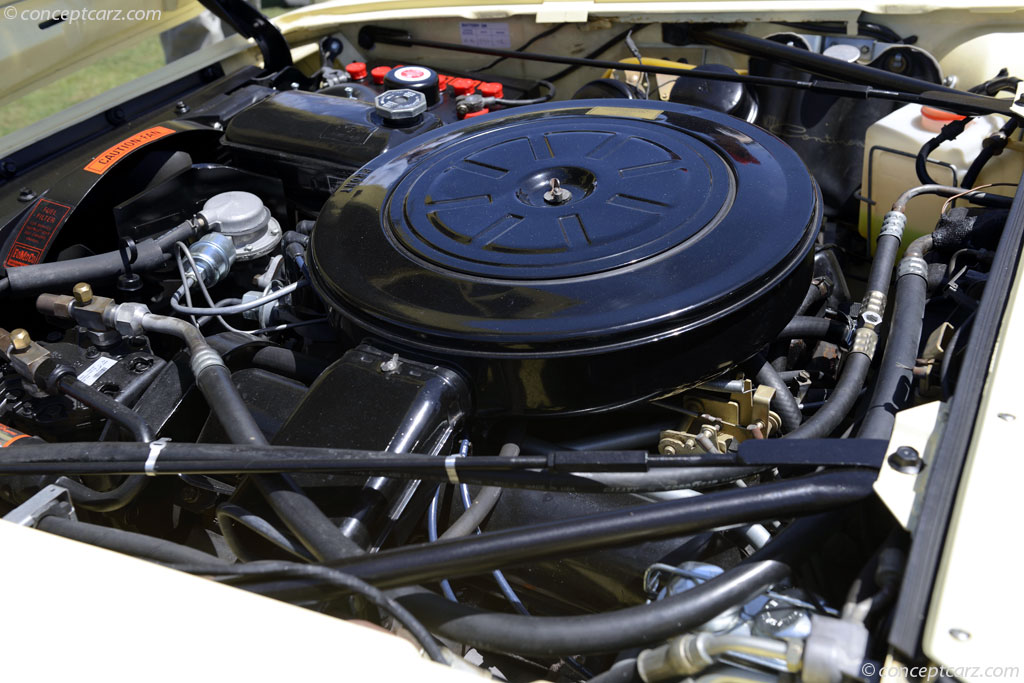
In 1958, the Continental name returned to the Lincoln marque with the Mark III model. These vehicles were built on the regular Lincoln line to reduce costs and offered as large, four-door luxury sedans or two-door convertibles. The use of unibody construction made them the largest unibody cars at the time. Although the design was modern and sculpted, by 1960 it began to feel outdated.
The Redesign: The 1961 Lincoln Continental:
In 1961, the Mark series moniker was dropped, and the vehicle was simply known as the Lincoln Continental. The renowned stylist Elwood Engel, along with a team comprising John Najjar, Bob Thomas, Joe Oros, John Orff, and Colin Neale, led the dramatic redesign of the Continental. Originally intended for the Thunderbird, this design proposal was chosen by Robert McNamara, Ford’s general manager, for the Lincoln instead. The new design took a more conservative approach, eliminating excessive details and frenetic design cues, and introducing elegant, low slab-sided sedan and four-door convertible body styles, featuring rear suicide-hinged doors. Despite being 14 inches shorter than its predecessor (including an 8-inch reduction in wheelbase), the Continental retained its grandeur. The design and proportions were met with widespread acclaim, resulting in over 360,000 units sold between 1961 and 1969, including 2,857 Continental convertibles and 22,303 four-door sedans in 1961 alone.
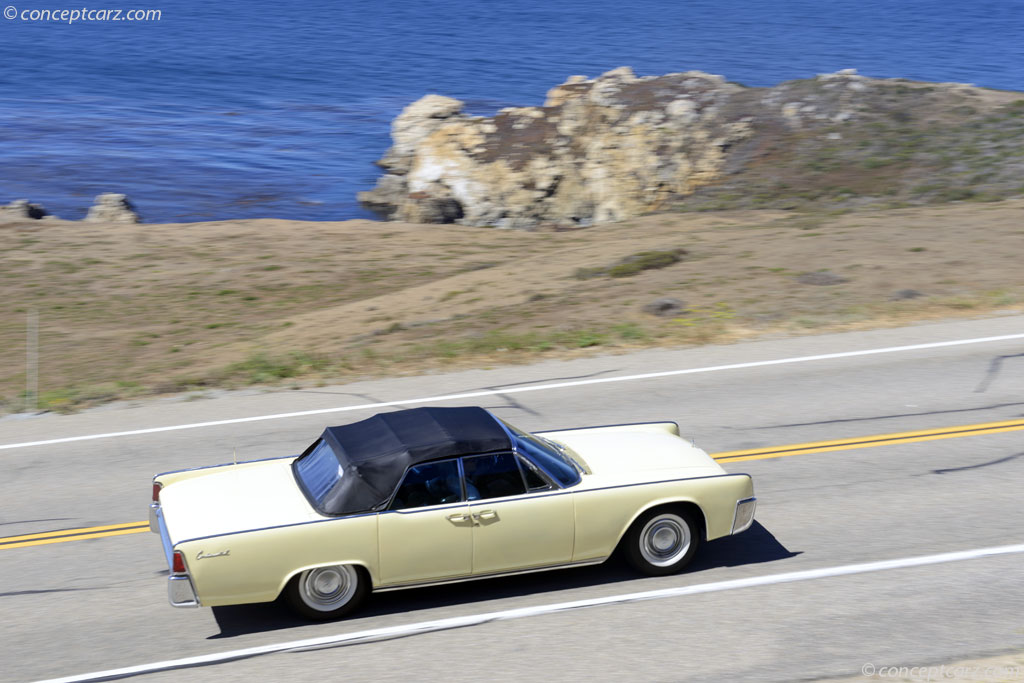
Unleashing Power and Refinement:
Powering the 1961 Lincoln Continental was a 430 cubic-inch MEL, overhead valve V8 engine with a Carter two-barrel carburetor, delivering 300 horsepower at 4,100 RPM. Standard equipment encompassed an automatic transmission, heater, power steering, power brakes, power windows, power door locks, carpeting, and a radio with a rear speaker. The interior boasted walnut applique or a padded instrument panel, exuding a sense of luxury. Impressively, over 70% of the 1961 Continentals were equipped with air conditioning, available as a $504 option. Additional options included tinted glass, a directed power differential, a six-way power seat, and speed control. Priced at $6,060 for the sedan and $6,715 for the convertible, these figures represented significant reductions from the previous year, where prices ranged from $6,850 to over $10,000 for the Continental. The 1961 production reached 25,160 units, more than doubling the 1960 production of 11,086 units.
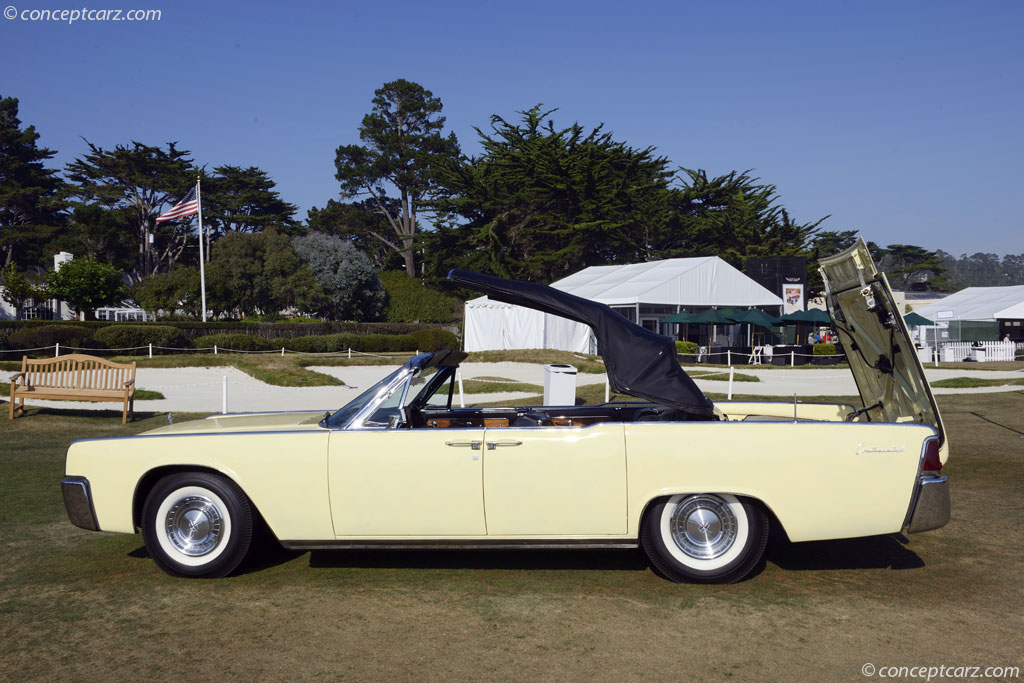
Conclusion:
The 1961 Lincoln Continental Convertible remains an enduring symbol of automotive luxury, embodying timeless elegance and refinement. Born out of a Thunderbird design exercise, this iconic vehicle challenged the norms of style and captivated the world with its understated grace. With its powerful V8 engine and a host of luxurious features, the 1961 Continental stands as a testament to the golden age of American automotive design. As it continues to hold a special place in the hearts of automotive enthusiasts, this classic convertible remains an inspiration for future generations.
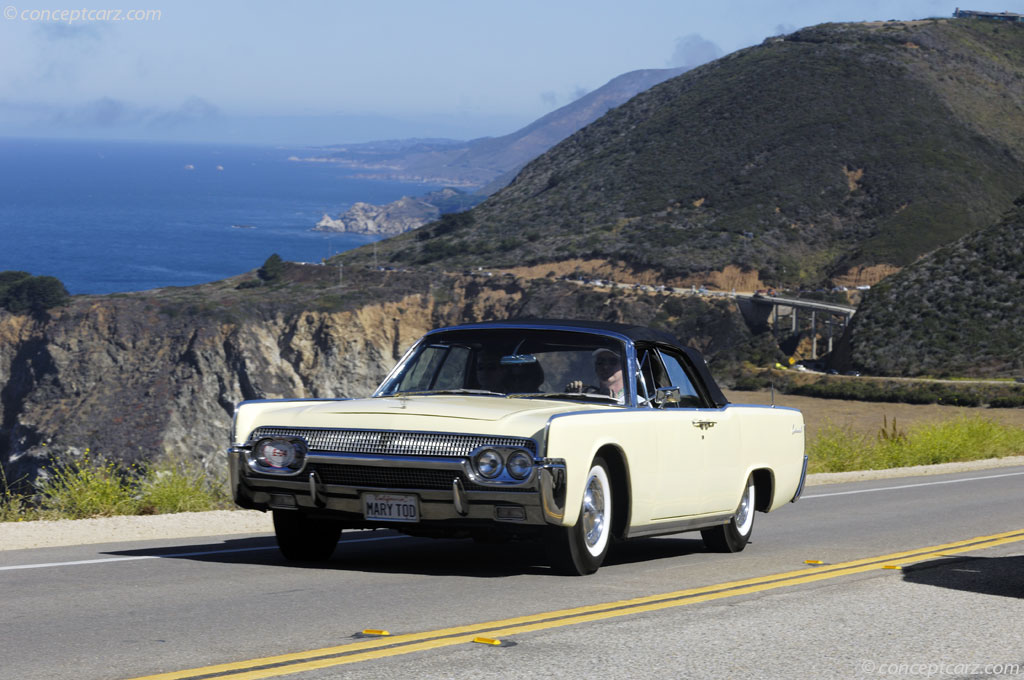
FAQs:
- What inspired the design of the 1961 Lincoln Continental Convertible? The design was originally intended for the Thunderbird but was chosen by Ford’s general manager, Robert McNamara, for the Lincoln Continental instead. The design team, led by Elwood Engel, aimed for a more conservative and elegant appearance.
- How many units of the 1961 Lincoln Continental Convertible were sold? Between 1961 and 1969, over 360,000 units of the 1961 Lincoln Continental were sold. In 1961 alone, 2,857 convertibles and 22,303 sedans were purchased.
- What engine powered the 1961 Lincoln Continental Convertible? The 1961 Continental was equipped with a 430 cubic-inch MEL, overhead valve V8 engine with a Carter two-barrel carburetor, producing 300 horsepower.
- What were some notable features of the 1961 Lincoln Continental Convertible? The 1961 Continental boasted various luxurious features, including power steering, power brakes, power windows, power door locks, and an optional air conditioning system. It also featured rear suicide-hinged doors and elegant interior details.
- How did the 1961 Lincoln Continental Convertible contribute to the legacy of automotive design? With its sleek silhouette and understated elegance, the 1961 Lincoln Continental Convertible redefined luxury, leaving an indelible mark on the history of automotive design.

